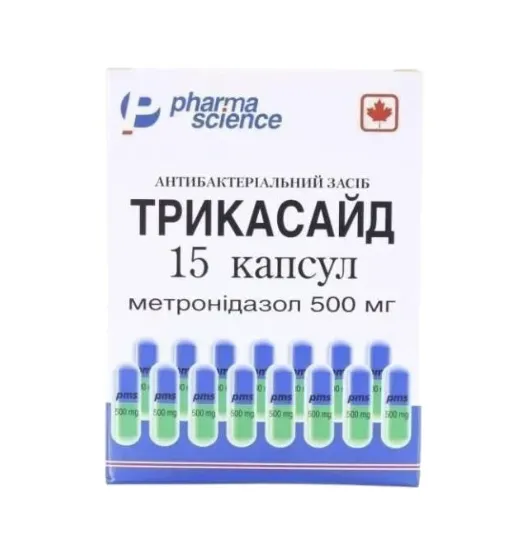Description
Tricasaid (Metronidazole) Capsules 500 mg
Ingredients
- Active ingredient: Metronidazole 500 mg.
- Inactive ingredients: cellulose, lactose, magnesium stearate, gelatin.
Dosage
- Adults: The usual dose is 500 mg every 8 hours.
- Children: Dosage is weight-based.
Indications
Tricasaid (Metronidazole) capsules are used to treat bacterial infections, such as skin, respiratory tract, and gynecological infections.
Contraindications
Avoid Tricasaid (Metronidazole) capsules if:
- You are allergic to metronidazole or any other ingredients.
- You have a history of blood disorders.
- You are in the first trimester of pregnancy.
Directions
Take Tricasaid (Metronidazole) capsules as directed. Swallow whole with water; do not crush or chew.
Scientific Evidence
Metronidazole is known for its antimicrobial properties against bacteria and parasites. It is effective in treating bacterial vaginosis, trichomoniasis, and Helicobacter pylori infections.
Additional Information
Complete the full course of treatment to avoid antibiotic resistance. Contact your healthcare provider for severe side effects.





